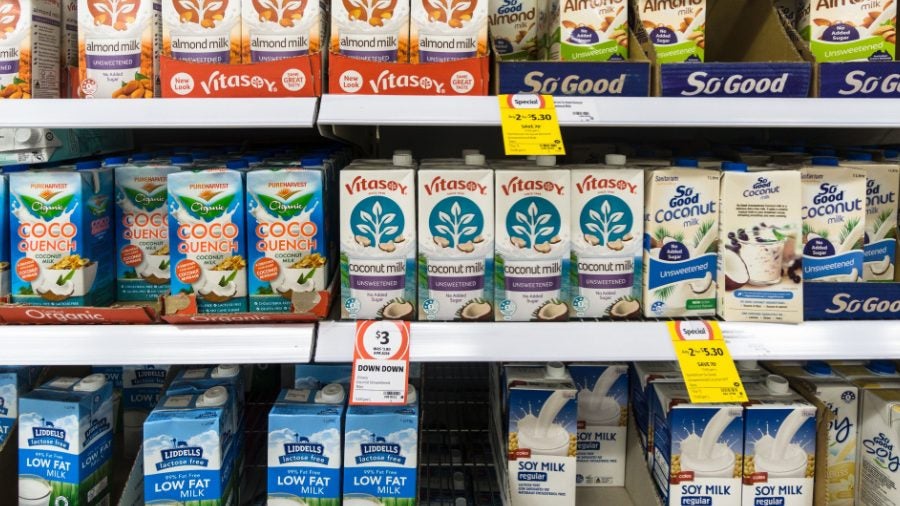
Food price rises have eased in Australia as the headline inflation measure increased marginally in the third quarter.
The headline consumer price index (CPI) rose 1.2% in three months until the end of September, compared to the previous three-month period, according to the Australian Bureau of Statistics (ABS). Headline CPI in the quarter was 5.4% year on year, down from the December peak of 7.8%.
Michelle Marquardt, ABS head of prices statistics, said “While prices continued to rise for most goods and services, there were some offsetting falls this quarter including for childcare, vegetables and domestic holiday travel and accommodation.”
Food prices only rose 0.6% during the quarter, compared to the previous three months, marking the softest quarterly increase since September 2021. The rise was driven by meals out and takeaway foods, which jumped 2.1%, but were partially offset by the price falls for fruit and vegetables, dropping 3.7%.
The prices of food and non-alcoholic beverages rose 4.8% in the 12 months to September, up from the rise of 4.4% in August.
Fruit and vegetable prices were the main fallers, sinking 3.1% compared to August prices and 5.4% lower on an annualised basis.
Marquardt attributed “favourable growing conditions” to falling fruit and vegetable prices for the quarter, including berries, grapes and salad vegetables.
Food products n.e.c. (products such as honey, syrups and soups) and bakery and cereal products were the two outlying categories that rose slightly month-on-month.
“September quarter’s annual increase of 5.4% is lower than the 6.0% annual rise in the June 2023 quarter. This marks the third quarter in a row of lower annual inflation, down from the peak of 7.8% in the December 2022 quarter,” Marquardt said.
The publication of the latest inflation figures came on the same day as Woolworths, Australia’s largest grocer, reported its first-quarter financial results.
Woolworths reported a 6.4% rise in sales from its Australian Food division to A$13.08bn (US$8.66bn). In the year to the end of 25 June, sales from the division grew 5% to A$48.05.



